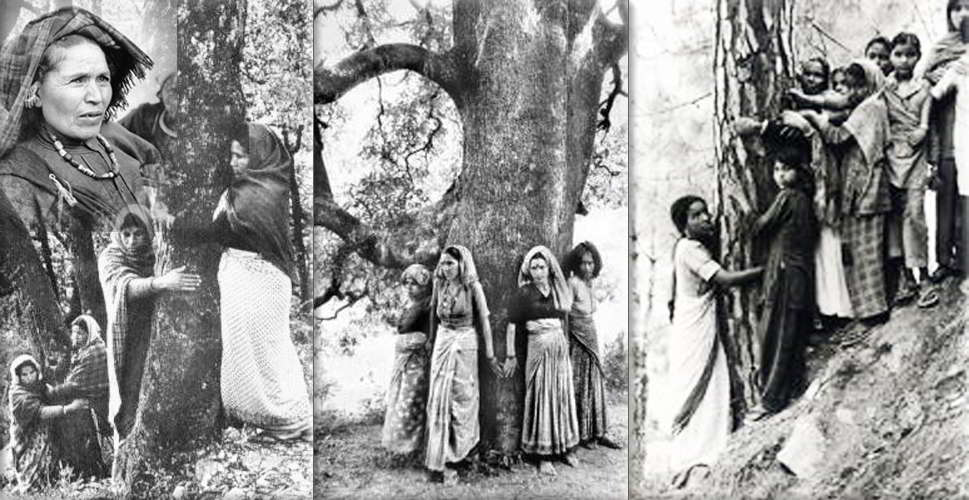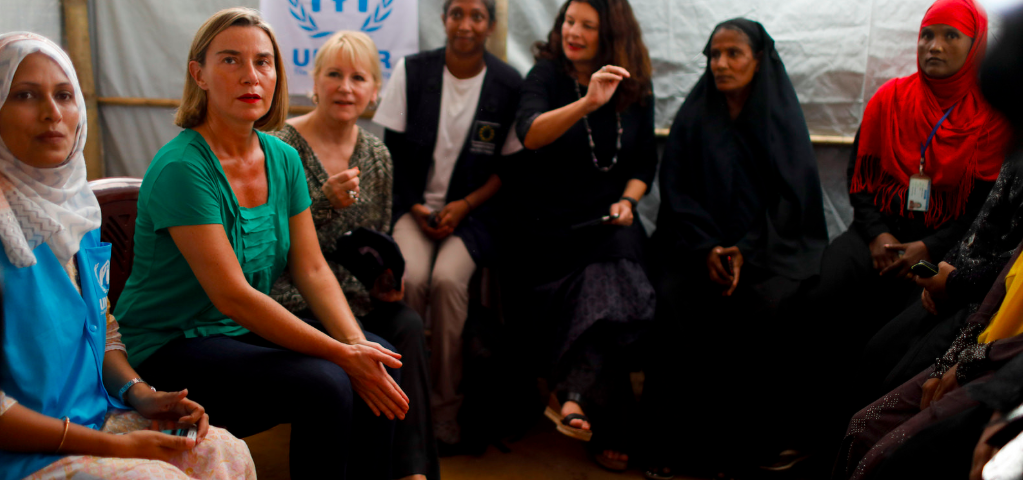In the article Gender Equality and State Environmentalalism Kari Norgarrd and Richard York connect women in power and the state environment. They theory that “women are more environmentally progressive in the inclusion of women as equal members of society- as voters, citizens, policy makers & social movement participants should positively influence state behavior”.
Some of their Key ideas are…
Women are more likely than men to support environmental protection.
Nations with greater gender equality may be more prone to protecting the environment.
More representation of women in parliament means more being done for the environment.
Gender discrimination and environmental degradation to a common hierarchical social structure that devalues both women and nature.
Sexism and environmental degradation reinforce one another, parallel to developments in feminist theory that link types of oppression based on race, class, and sex.
They are able to conduct multiple studies and research on how the degradation of women directly effects the environment and also when women are in political power they are more likely to help protect the environment.

Norgarrd and York state in their article that “gender is implicated in many facets of the state including gendered division of labor within the state apparatus, gendered structures of power and the interplay between social movements and state policies (Carvey 1998)”.
In this photo women are coming together and forming a human barrier around the tree to protect it from being cut down.
It’s a gender gap forced upon them by the patriarchal system that characterizes societies today. As ecofeminists put it, the historical connection between women and the treatment of soils is endangered by oppressive systems that discriminate women and fail to recognize their important role in caring for the Earth (manu).
More women work in agriculture over 70%. This is why women in policy are more likely to protect the environment because this has been women’s primary source of work and also a way for them to provide for their families.

Women and the Environment

Women in Policy


Margot Wallstrom states that today only 1% of spending on security sector reform is allocated to initiatives that consider gender equality and significant objective (Wallstrom).
https://pages.uoregon.edu/norgaard/pdf/Gender-Equality-Norgaard-York-2005.pdf

http://www.contramare.net/site/en/chipko-women-protecting-the-environment/